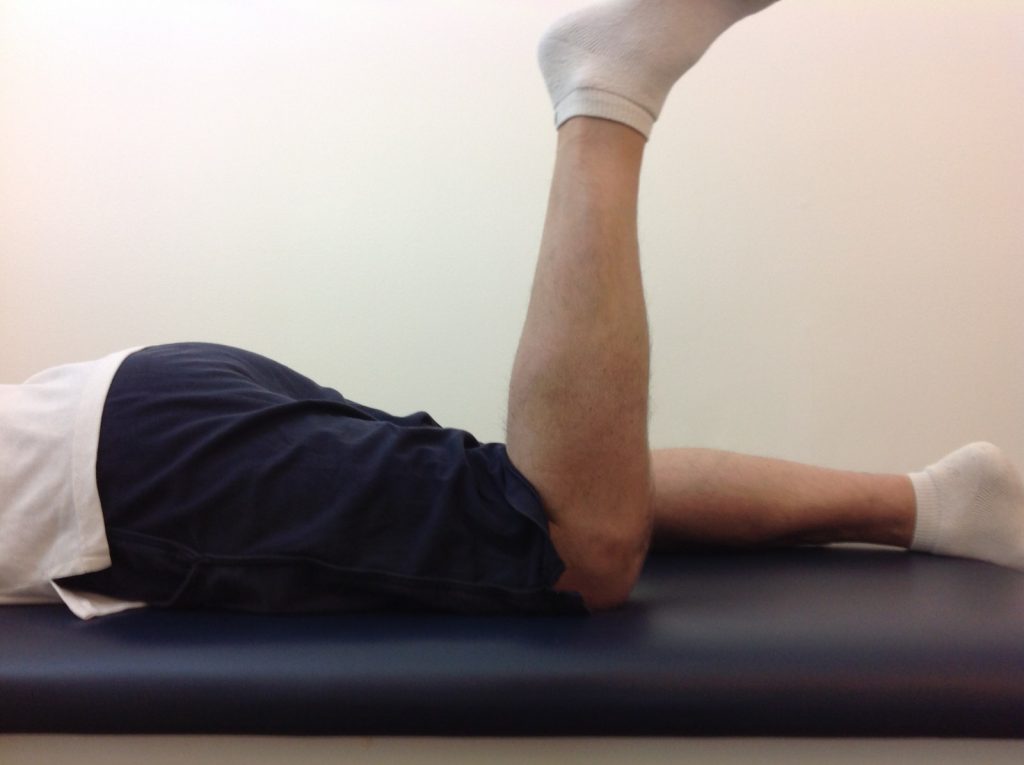In this post we look how to improve joint range of motion after surgery.
Surgery can leave you with large limits in joint range of motion. If not addressed these limits can lead to further issues in the future.
We look at the most effective way to restore range of motion using an instructive case study.
Knee surgery case study.
The following case study is interesting because it shows exactly why the current approach to these issues may not be the most effective.
Gareth came to me following surgery for a patellar tendon rupture. He was left with a marked restriction in knee flexion. This had not improved despite several weeks of physiotherapy.
His surgeon informed him he could face a further operation if the limit didn’t improve in 6 weeks.
This was obviously something Gareth was keen to avoid.
When we discussed his current rehab programme it became obvious that the only thing being done to improve this limit was passive mobilisation.
In other words he was being advised to simply force his knee into further flexion.
During our first session I recorded his knee flexion limit (see below) and then assessed the ability of his knee flexors to contract on demand. Nearly every muscle failed this assessment.

We set about changing this situation by improving the ability of each and every one of his knee flexors to produce an effective contraction. We also looked at the impact his injury had had on his hips, trunk and lower legs.
Six sessions later he was at 90 degrees (see below) and is continuing to improve.
I’m also pleased to say Gareth has also managed to avoid further surgery as a result.

Gareth’s situation is instructive because it illuminates a number of flaws in conventional rehab.
Passive mobilisation.
Firstly passive mobilisation does nothing for the muscular system. Simply cranking somebody into a position will not influence that person’s ability to go there of their own volition.
So why bother?
Even if you achieve improvements in range of motion, they won’t hold because your central nervous system will rightly consider these changes unsafe as you have no control of them.
Injury rehab protocols don’t work.
Secondly, operations have consequences for every muscle that acts upon the affected joint and beyond. If you are caught up in applying a protocol, then you’ll miss important pieces of the jigsaw.
Gareth had been focused on improving the performance of his quadriceps, which were the obvious victims of his injury. Nobody had thought to look on the other side of the axis where most of the muscle weakness now resided.
Surgery should be the last option.
Lastly and more broadly, how many people are being subjected to unnecessary operations because their muscular systems are not being effectively assessed?
Surely it’s prudent to first optimise the performance of the muscles that move a joint. Certainly before deciding the joint isn’t moving correctly and so may require more trauma.
If you’ve been left with a limit in range of motion following surgery, first try improving the performance of the muscles that take you into the limited position.
Book your Discovery Session to find out exactly which limits are currently holding you back.